
Written by digiDirect
When you first start your photography journey, one of the things you'll notice is how many types of filters are available. Deciding what to choose can feel very overwhelming. Where do you begin? digiDirect aims to clear this up for you by examining one of the key types of filters you have at your disposal: a polarising filter.
We're going to walk you through what a polarising filter is, the different types available and how you can use it to enhance your photography.
Defining a Polarising Filter
A polarising filter is one item you're almost guaranteed to find in any landscape photographer's bag when they're out shooting. It can instantly add contrast and vividness to the photograph - an extremely important feature since landscapes can lack sometimes bright or vibrant colours. Sunlight gets bounced all over objects present in your landscape shot, and it can eventually find a way into your camera at different angles, which can make your photography look lifeless, washed-out and bland.
A polarising filter works to minimise any such reflections, and this can bring out the colours of your landscape scene. Since it increases the contrast and colour saturation of the image, the filter is very useful when shooting the sky, distant subjects and foliage. It can also help to reduce the atmospheric haze that is so common in photographs of mountain ranges.
A polarising filter is an essential piece of kit in many photographer's bags
What are the Two Types of Polarising Filters?
Polarising filters come in two types; linear and circular. While you may think that this is a direct reference to the shape of the filter itself, it actually refers to the way each filter polarises the light that makes its way into your camera when you shoot.
Most polarising filters are made up of two metal rings that are connected but rotate independently. When you screw the filter to your camera's lens, you can then rotate the front part of the lens until it creates the polarising effect you need to enhance your photograph.
- Circular Polarising Filters
This type of polarising filter comes with a polariser on the front and has a quarter-wave plate attached to the back. This plate is the part of the filter that converts any reflections to a circular pattern inside your camera, allowing the filter to polarise the light in a circular pattern, instead of just left and right. You can also adjust the polarisation angle by rotating the filter.
- Linear Polarising Filters
The second type of polarising filter is linear. It's easy to tell the difference between the two filter types because the linear variety works regardless of which side you use to view your scene. It takes the reflections that make their way into your camera and converts them to a linear pattern. It also only allows light to come through when you hold the filter at a specific angle. For example, if you hold it at a baseline level, it'll let vertically polarised light through. However, if you rotate it 90 degrees, it'll only allow horizontally polarised light to pass through.
Most commonly you'll be using a circular polariser and not a linear polariser. This is because linearly polarised light and autofocus or TTL metering don't mix, so if you're using a modern camera with autofocus, you'll need a circular polariser. While linear polarisers are primarily confined to older film cameras, any lens and camera combination works with a circular polariser, making them the more versatile option.
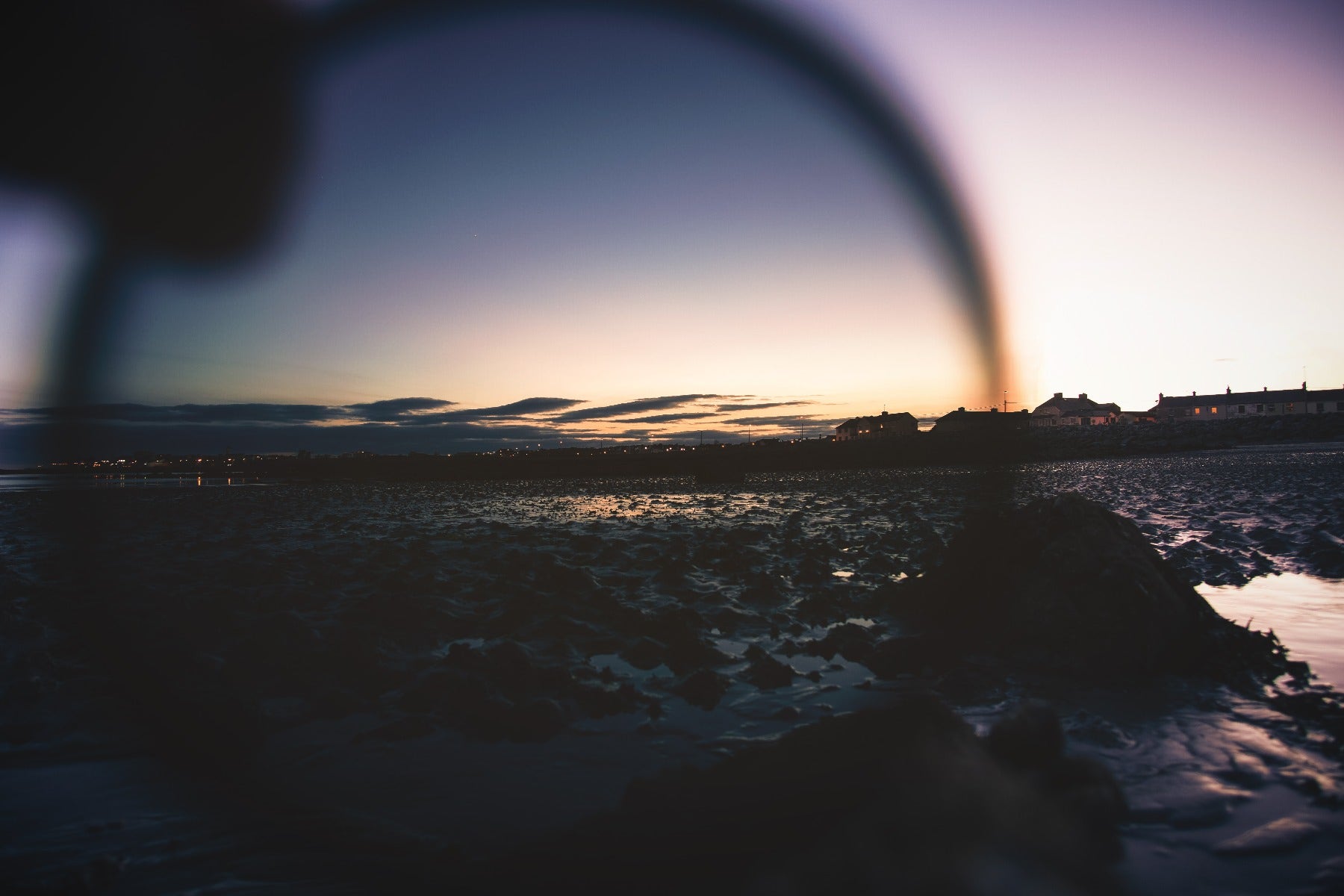
There are many different brands of circular polariser. Hoya filters strike a good balance between quality and price
Choosing a Polarising Filter
The needs of each individual varies depending on their camera, shooting style and subject, so it's difficult to put together a rigid checklist of things to remember when buying a polarising filter. However, there are a few basic things everyone should consider. These basic considerations can translate over to just about any filter you want to buy, and they include:
- Know the filter thread size of your lens. You'll need to make sure to get the right size, otherwise the polariser won't fit! The larger the filter size the larger the polariser has to be, and larger filters are typically more expensive.
- High-quality circular polarising filters tend to be more expensive than both ND filters and UV/Protection filters.
- The quality of the filter is important. You risk lowering your image quality every single time you place an additional piece of glass in front of your lens. High-quality polarising filters use superior coatings and glass, so they don't reduce your image quality.
- That being said may be able to get away with buying more cost-effective polarising filters at a pinch, but do your research to ensure the product is still high-quality.
- Pay attention to your filter coatings. They help to eliminate or reduce reflections and glare that may come from the filter itself. Having multi-layer coatings on your filter is much better than having a single (mono) layer coating, and both are better than no coating at all.
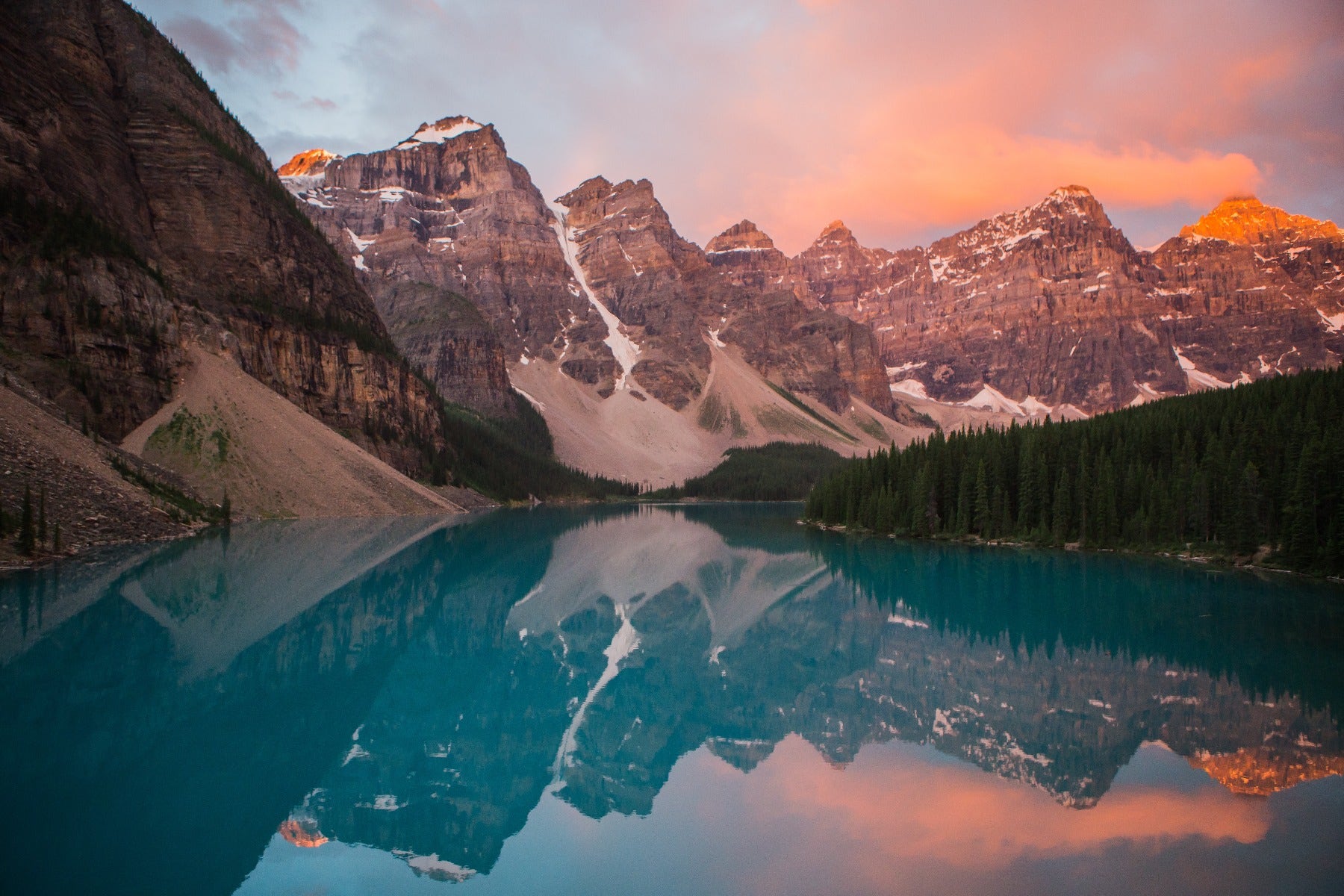
Polarising filters are popular with landscape photographers and can be used to manipulate reflections and glare
How to Use a Polarising Filter
No matter which type of polarising filter you buy, it should be straightforward and easy to use. The majority of people opt for the circular polarising filter to enhance their photographs. To start, you simply attach the filter to the front of your camera.
Once the filter is attached, you can point at the area you want to shoot and start slowly rotating the front element. You'll notice that the reflections and colours of your shot start to change gradually. When you achieve a saturation level and a contrast you're happy with, stop rotating and take your shot. For the best results when using your polarising filter, try to keep the sun at 90 degrees to your location, and ensure it's at your side rather than behind or in front of you.
It's recommended to not use a polarising filter if you're setting up a shot in low light, at night or during overcast days. A polarising filter works in a similar way to sunglasses to the human eye. Using the filter in low light further cuts down the light levels that are able to make it through to your image sensor, and you'll end up with very dark photographs.
How well your polarising filter works for you will vary from location to location and shot to shot. It won't have a huge impact on all of your shots, but it'll make a significant difference when it comes to shooting during bright and sunny days.
Important Polarising Filter Notes
It's important to note that polarising filters do not work on metal surfaces as long as the metal is bare. If the metal surface on your subject has a coat of paint or stain on it, your polarising filter will work to some degree. The type of paint finish (flake, matte, metallic, pearl etc.) directly impacts on how your polarising filter will respond to the reflections and glare. This means that if you're primarily taking car photography, you'll have to experiment with filters to determine which will work best for you.
You should also remember that using a polarising filter with a wide-angle lens will give you mixed results. They may appear uneven in the finished photograph. This is because some portions of your photograph may be in a direction that is directly in line with the sun, and other portions of your photograph might form a right angle to the sun's position. If this happens, one side of your photograph will have a strong polarising effect, and the other side will have a much weaker effect that lends to the uneven look.

Polarising filters can be used to increase the saturation of colours in your images
Advantages of a Polarising Filter
- Reduces haze and contrast
- Saturates and enhances colours
- Protects your lens
- Enhances the sky and water, making it ideal for landscape photography
- Cuts into the reflection and glare
- Allows for full sunlight shots
Disadvantages of a Polarising Filter
- Will make a low-light photo too dark
- Increased risk of ghosting or flare
- Can make the sky appear uneven with wide-angle lenses
- Quality polarising filters come at a higher cost
- May cause vignetting on the photograph
- Require more setup time
- Usually unsuitable for wide-angle or stitched panoramic shots
- Can make the exposure need two or three more stops (four to eight times the normal light)
When to Use A Polarising Filter
Although the main priority of a polarising filter is to reduce glare, it can work across several scenarios to improve the outcome of your final image. A few of the situations you may find yourself in that could benefit from a polarising filter include:
- Sky - Many photographers discover that they have difficulty photographing the sky because it's very easy to overexpose their image. If you don't have a neutral density filter with you, you can use a polarising filter instead. Not only does this give you greater control over the degree of edits and enhancements you make, but you'll also cut out some of the smoggy haze that is so prominent around city shots.
- Glare and Contrast - Since these lenses work to reduce direct reflections, it can also reduce your image's contrast levels. This allows you to quickly and easily capture scenes that have very broad dynamic ranges, like trying to balance a darker ground with a bright sky.
- Water - Due to its reflective surface, water can be a very difficult subject to shoot. If you don't have a polarising filter and the sun is overhead, it's almost impossible to line up your camera to get rid of the reflection and glare of the water. A polarising filter allows you to slowly adjust it until you get the look you want, and it enhances the clarity of the water in your shot at the same time.
- Glass - Taking a shot through glass is very tricky, and it gets more difficult the more glass there is between you and your subject. This is because the light will bounce around in several directions over the different panes of glass. Your polarising filter cuts down or even eliminates this glare, and also increases clarity just like it does with water.
- Colour - When people think of colour, they don't often think of it as having reflective qualities. However, it does, and this reflection can make colours look washed out or faded with a normal lens. Adding your polarising filter reduces or eliminates any reflection or glare you may have present, making colours appear more vibrant.
Contact digiDirect Today!
Are you in the market for a circular polarising filter? If so, get in touch with us! Our experienced and professional staff are ready to walk you through the various polarising filters, answer any questions, give you tips, address any concerns and much more! It all starts with you getting in touch today and we will assist you in whatever way we can.























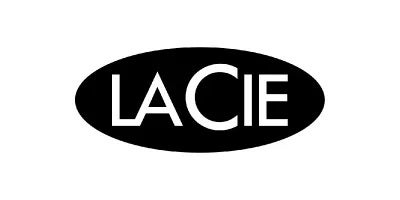

















































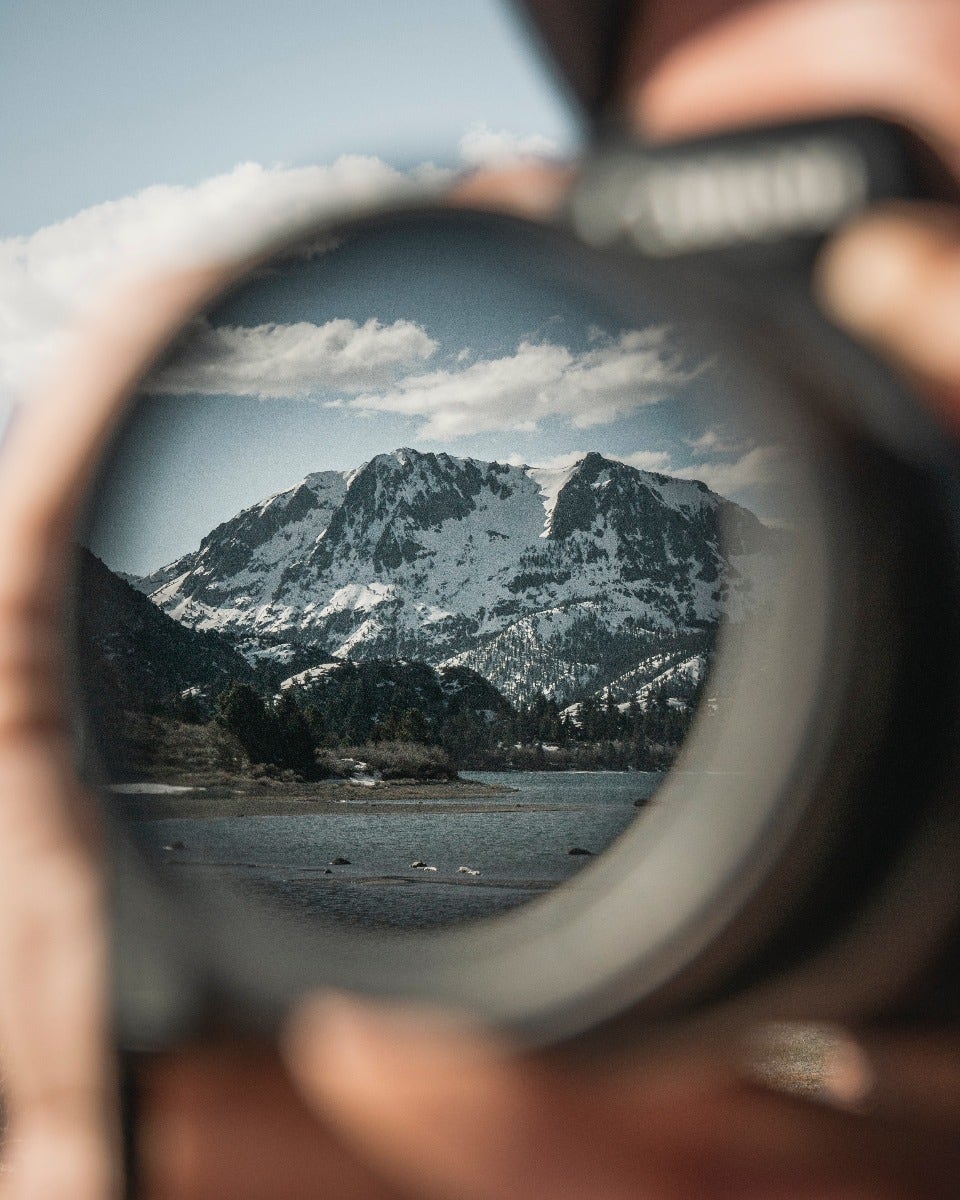
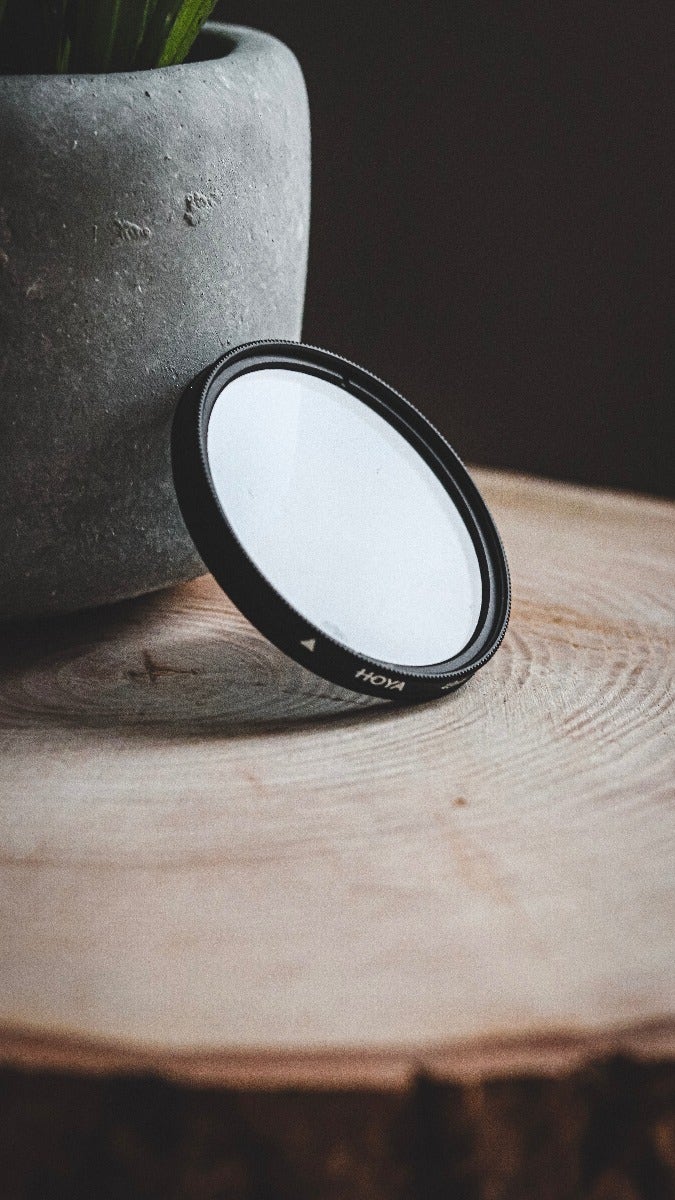







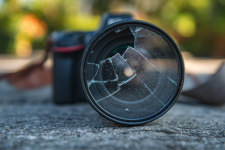


Comments
No Comments yet. Be the first to comment.